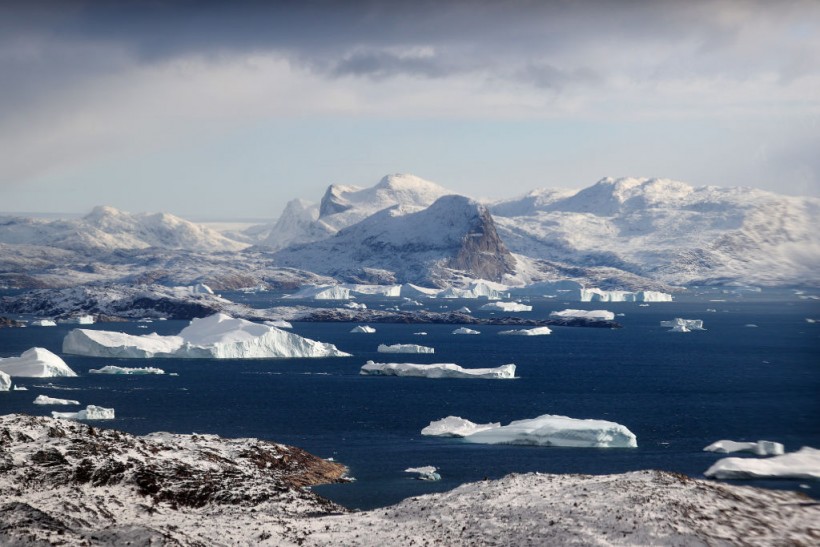The Labrador Sea often referred to as a lung of the deep ocean, is located between Canada and Greenland, northwest of the Atlantic Ocean.
The lung of the deep ocean is one of the few bodies of water where oxygen from the atmosphere can reach; even the deepest layers of the ocean.
Earth's Life Support System

A team of researchers was able to measure oxygen flow into the Labrador Sea and how it is carried by deep ocean currents, according to a study published in the journal Biogeosciences on January 28.
The research was conducted by the study's lead author, Jannes Koelling, and other researchers from Dalhousie University in Halifax Canada, and the GEOMAR Helmholtz Center for Ocean Research in Kiel, Germany.
Koelling stated "We wanted to know how much of the oxygen that is breathed in each winter actually makes it into the deep, fast-flowing currents that transport it across the globe."
In spite of our current knowledge on how oxygen gets into the depths of the lung of the deep ocean, Koelling's study was able to measure oxygen flow for the first time into the deep ocean interior and how it is distributed by deep currents into other oceans.
The study also shows that deep boundary currents, such as the western boundary current, feed oxygen to the upper part of the North Atlantic Deep-Water layer and through most parts of the Atlantic Ocean.
Koelling added that oxygen flow is even possible beyond the Atlantic Ocean, even reaching the Pacific Ocean and the Indian Ocean.
Also read: Unbelievable: Earth's Oceans Store Unparalleled Amounts of Heat
Wintertime Deep Convection
In a separate study published in the journal Global Biogeochemical Cycles on March 25, 2018, the entry of oxygen into the Labrador Sea's deep ocean is made possible due to the constant exchange of gases between the lung of the deep's surface and the atmosphere.
This process is driven by wintertime cooling at the sea surface. Wintertime cooling is also known as wintertime deep convection, which allows oxygen from the atmosphere to be richer and heavier enough to sink two kilometers below the depths of the Labrador Sea, as per the National Oceanography Centre.
Going back to the researchers at Dalhousie University, the team collected data by installing oxygen sensors at depths of about 600 meters. These sensors enabled the researchers to measure the oxygen flow as it passed through the sensors between the months of March and August, Koelling explained.
Breakthrough in Monitoring Oxygen Flow
Koelling said measuring the amount of oxygen flow in the wintertime deep convection is just the first step. There needs to be more research on pathways of oxygen flow in other oxygen-rich waters, says Koelling.
The study revealed our new capability to monitor and measure oxygen flow in our oceans. According to Dariia Atamanchuk, the head of the oxygen Program at Dalhousie University, the latest ocean technology enabled this breakthrough in the field of oceanography.
Related article: Oxygen Levels in Oceans Drop Endangering Marine Life, Report Says
© 2024 NatureWorldNews.com All rights reserved. Do not reproduce without permission.




![Roundworms with Short Memories 'Stop Forgetting' When Frozen or Given Lithium [Study]](https://1471793142.rsc.cdn77.org/data/thumbs/full/70295/280/157/50/40/roundworms-with-short-memories-stop-forgetting-when-frozen-or-given-lithium-study.jpg)
